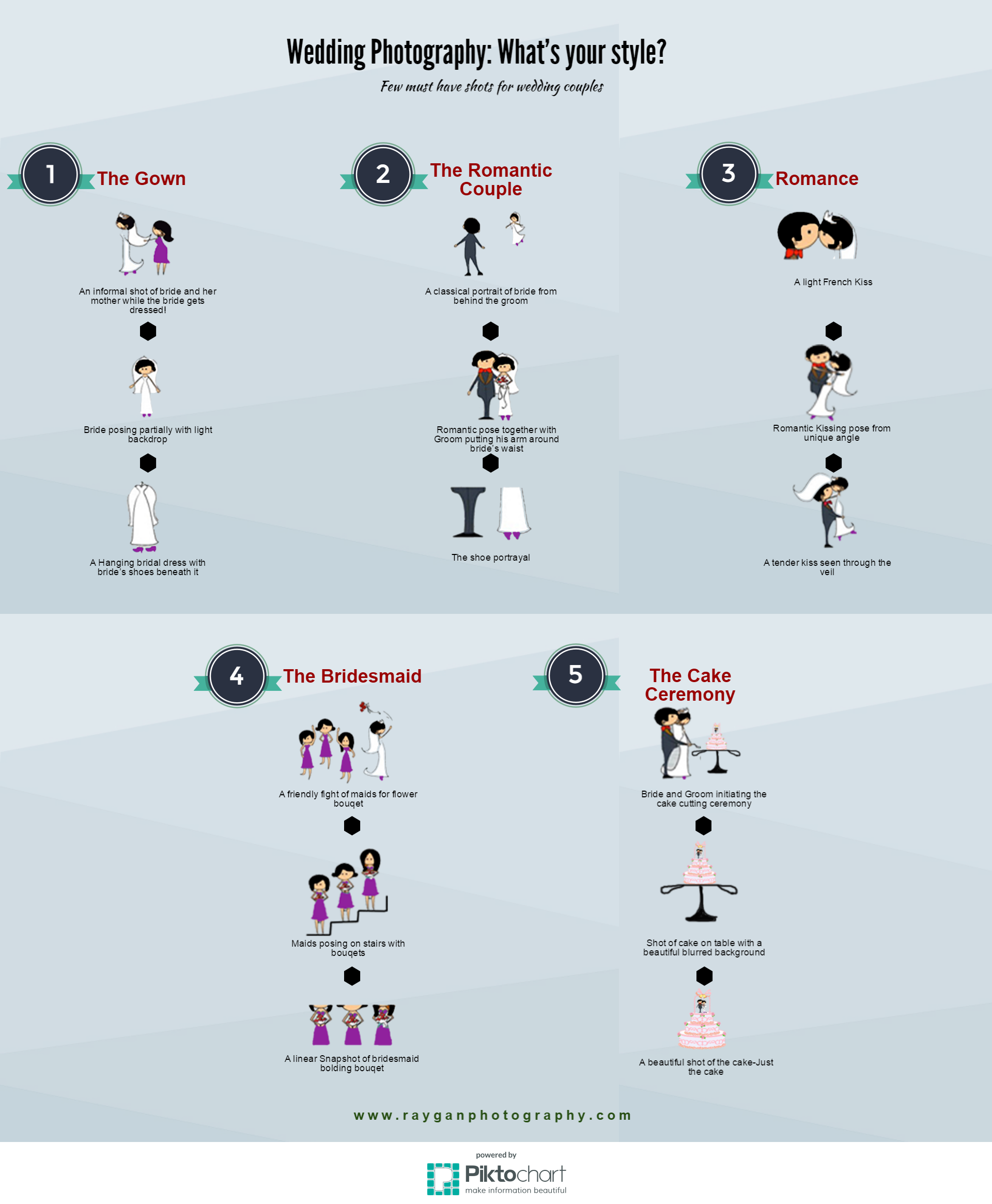A Mastery Of Make-Up Can Raise Your Photography, Yet What Occurs When You Dare To Bend The Guidelines? Discover The Power Of Creative Expression
A Mastery Of Make-Up Can Raise Your Photography, Yet What Occurs When You Dare To Bend The Guidelines? Discover The Power Of Creative Expression
Blog Article
Web Content Develop By-Abernathy House
When you pick up your camera, recognizing the basics of structure can substantially raise your photography. Techniques like the Policy of Thirds, Leading Lines, and effective framing aren't just guidelines; they're crucial devices that can change your images from ordinary to thrilling. By understanding these principles, you'll find yourself recording not simply pictures, but tales that reverberate. Yet what takes place when you start flexing these rules? Exploring that can cause unforeseen and effective results in your job.
The Rule of Thirds
Among the most important concepts in photography is the Rule of Thirds. This technique aids you develop well balanced and appealing structures, attracting the visitor's eye to the most important elements in your picture.
Picture splitting your structure into a grid of 9 equivalent parts with 2 straight and 2 vertical lines. By putting your topic along these lines or at their crossways, you normally improve your picture's visual appeal.
Instead of centering navigate to this website , attempt placing it off away. This technique introduces room and context, allowing audiences to check out the surrounding area.
For landscapes, position the horizon along the leading or lower third line, emphasizing either the sky or the land.
When you're capturing portraits, line up the topic's eyes along the top 3rd line for an extra vibrant look.
Try out the Rule of Thirds will cause more engaging and professional-looking pictures.
Leading Lines
Take advantage of the power of leading lines to lead your audience's eye through the framework and develop a sense of depth in your photography.
Leading lines are all-natural or synthetic components that draw attention and lead the customer's gaze toward the primary subject. They can be anything from roadways, rivers, fences, and even darkness.
When find more information incorporate leading lines, consider exactly how they can boost your structure. Begin by recognizing solid lines in your scene.
Setting on your own to utilize these lines successfully, ensuring they lead to your prime focus. For instance, a path leading into a landscape can evoke a feeling of trip and welcome the visitor to explore the scene.
Trying out different angles and point of views. In some cases, shooting from a lower angle can create more vibrant leading lines, while a greater viewpoint can offer a broader context.
Framework and Balance
Framework and equilibrium play essential functions in developing aesthetically engaging pictures. When you frame your subject, you're essentially developing a border that draws the viewer's eye directly to the prime focus. You can make use of natural elements like branches, doorways, or windows to attain this impact.
Do not underestimate the power of framing; it adds deepness and context, making your photo much more engaging.
Equilibrium, on the other hand, makes sure that your composition feels steady and unified. You can achieve equilibrium via proportion or by dispersing aesthetic weight uniformly across the structure. If you put a huge topic on one side, think about adding smaller sized aspects on the opposite side to counterbalance it.
This method avoids your image from really feeling unbalanced and produces a sense of completeness.
Try out both framing and balance in your digital photography. Take several shots from different angles, adjusting how you frame your topic and how you disperse components within the scene.
As take a look at the site here , you'll establish an instinctive understanding of just how to produce compositions that resonate with audiences and evoke feeling. Keep in mind, understanding these components can transform a normal picture into a striking masterpiece.
Final thought
By understanding structure strategies like the Guideline of Thirds, Leading Lines, and Framework, you can raise your photography to new heights. These concepts help you create balanced, engaging photos that draw viewers in and tell compelling tales. Keep in mind to experiment and count on your impulses as you practice these basics. With time and devotion, you'll transform ordinary shots into creative expressions that genuinely resonate with your audience. Keep capturing, and let your imagination sparkle!
